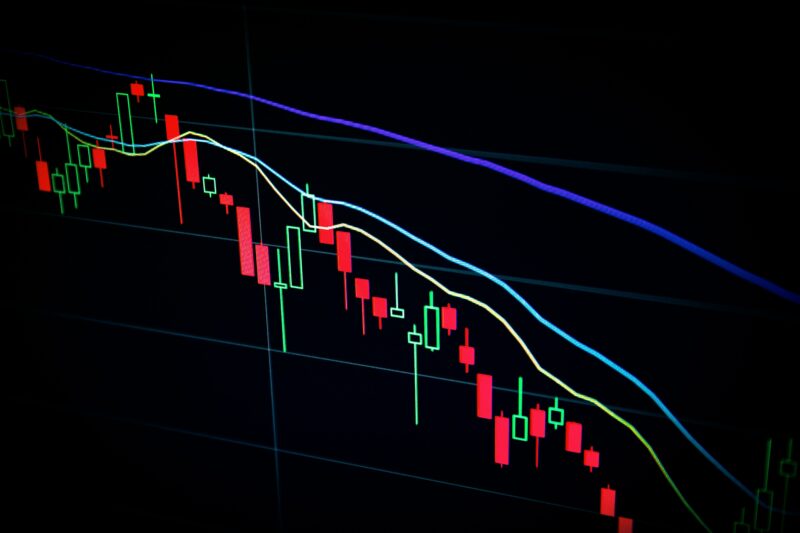The Swiss National Bank (SNB) has become the first central bank among the G10 countries to lower interest rates. The markets were taken by surprise since earlier bank announcements did not indicate such a move in March. The Swiss franc lost ground against both the US dollar and the euro, a trend that could continue over the next few weeks. The dovish tone also emerged from the Bank of England meeting results, despite the institution maintaining the cost of money at the current level.
For sure, considering the moderately downward inflation trend in Switzerland, a rate cut was possible. The SNB assessed its battle against price increases over the past two years as effective. The Consumer Price Index (CPI) has been below 2% for several months, a range that the central bank identifies with price stability. According to the new forecast, inflation is likely to remain within this range for the next few years. When making the decision, SNB considered not only the reduced inflationary pressure but also the appreciation of the Swiss franc in real terms over the past year. Currently, the main interest rate is 1.5%.
The central bank added that it intends to closely monitor the development of CPI indicators and, if necessary, will continue to adjust its monetary policy to maintain its inflation target. In theory, of course, this may mean action in either direction. After all, inflation in other countries remains stubbornly high and it could potentially rise again under unfavorable circumstances.
Basically, the SNB has less freedom than other central banks to lower the main interest rate, as it has not raised it so sharply. Therefore, if the European Central Bank happens to make several rate cuts, and the SNB has probably already done enough to ensure price stability, the franc could even gain in value in the long run. For now, however, the downward pressure should remain.
Yesterday’s Bank of England meeting also weakened the pound sterling. The bank kept interest rates at a high level of 5.25%, and the voting result of 8-1 was more dovish than the expected 7-1-1. No one supported a hike. Overall, yesterday’s decision didn’t bring anything new. While the Bank of England moved closer to cuts, it is still unclear whether this will happen earlier than expected. The next meeting will likely be decisive. Furthermore, we will also get new forecasts in May. If inflation continues to surprise to the downside, the sentiment could indeed turn in favor of earlier cost money reductions.
The pound lost value. The EUR/GBP pair rose to its highest level since January 18. The rate was above the theoretical neckline of the double-bottom pattern visible on the chart representing daily data. The downward trend line connecting peaks from November and December 2023 was breached.
Łukasz Zembik, Oanda TMS Brokers
